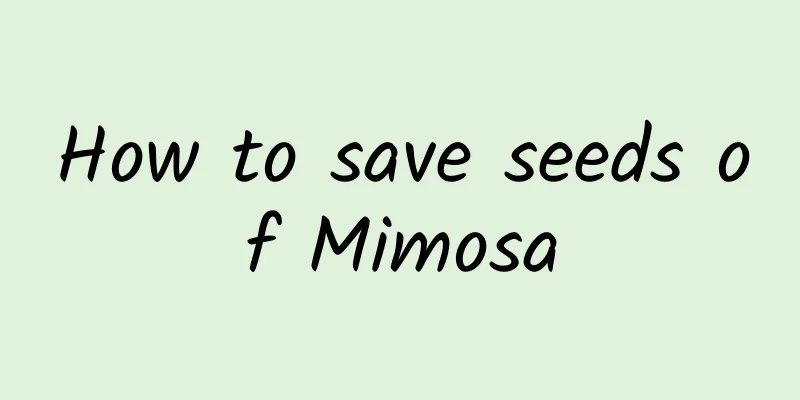What fertilizer is best for Clivia

1. What kind of fertilizer to use in springSpring is its peak growth period, and it requires more nutrients. When repotting the plant, you can mix roasted sunflower seeds and charcoal together and use it as base fertilizer. During the growing period, add nitrogen-based fertilizer every 10 days or so, and make sure it is thin enough to help the growth of branches and leaves. 2. What kind of fertilizer to use in summerThe weather in summer is very hot. If the temperature is above 25 degrees Celsius, you need to stop fertilizing the Clivia. If there is too much fertilizer, its fleshy roots will be burned. If it is placed in an area with a temperature below 25 degrees, you can add very light liquid fertilizer to it every fifteen to twenty days or so, which can promote its growth and shorten its dormancy period. 3. What kind of fertilizer to use in autumnAutumn is also its peak growth period, and it needs more fertilizer. In addition to putting some fermented cake crumbs when changing its pot, you should also feed it fermented fish water once every fifteen days. If it is a relatively small seedling, nitrogen fertilizer should be used as the main fertilizer in autumn, combined with appropriate phosphorus and potassium elements, which can make its leaves greener and grow more vigorously. For adult orchids of this species, applying phosphorus fertilizer with a little nitrogen fertilizer in the autumn can prevent its flower arrows from cracking and grow more seeds. 4. What kind of fertilizer to use in winterYou should add more fertilizer to it in winter. Some people think that winter is cold, and even if you fertilize it, it will enter a dormant period and cannot absorb it. But in fact, it is not like that. It needs a temperature of fifteen to twenty-five degrees. Many areas can meet this condition in winter. This is a good time for it to shoot arrows, and it needs a lot of nutrients. Of course, if the temperature in the house is lower than fifteen degrees, you can reduce the number of fertilizations appropriately. When it is below ten degrees, you can stop fertilizing. Only with reasonable fertilization can its leaves be upright and green, the leaves can have better gloss, the leaves can be thicker, and the flowers can be bigger and more colorful. It should also be noted that if there is too much fertilizer, the leaves will easily turn yellow and the fleshy roots will easily rot. |
<<: How to make bougainvillea bloom all year round
>>: How often should I water the longevity flower?
Recommend
How to cultivate red vine
1. Soil To grow the red vine, you need fertile, w...
How to grow crab claw flower
1. Breeding temperature During the cultivation of...
Is Cosmos poisonous?
1. Is it toxic? This is a non-toxic flower and ca...
Can green radish be exposed to the sun: Will it wilt? What is the correct way to care for it?
1. Can't bask in the sun? It's not that i...
How to disinfect cutting medium
High temperature sterilization of cutting medium ...
The 10 best plants to grow in the office
Pothos There are many varieties of green radish, ...
Is it unlucky to put lotus in the house?
1. Reasons It is a superstitious belief that lotu...
What to do if the leaves of trumpet creeper turn yellow
Repotting soon If the leaves of the trumpet creep...
When is the best time to plant ginseng seeds?
Ginseng seed planting time Ginseng is a perennial...
Cultivation methods and precautions of rabbit ear orchid
How to propagate rabbit ear orchid Propagation by...
When is the best time to repot the keel? Time and season for repotting
Keel repotting time The dragon bone plant needs t...
When is the best time to plant lotus? What month is suitable for planting potted lotus?
Generally, there are two ways to plant lotus, nam...
Precautions for high-yield cultivation of loofah
Luffa is widely grown in my country. Although it ...
How to grow palm in water after growing it in soil
1. Remove the pot and prune the roots If you want...
How to grow Teyulian in spring
1. Replace the flower pot The growth ability of t...









